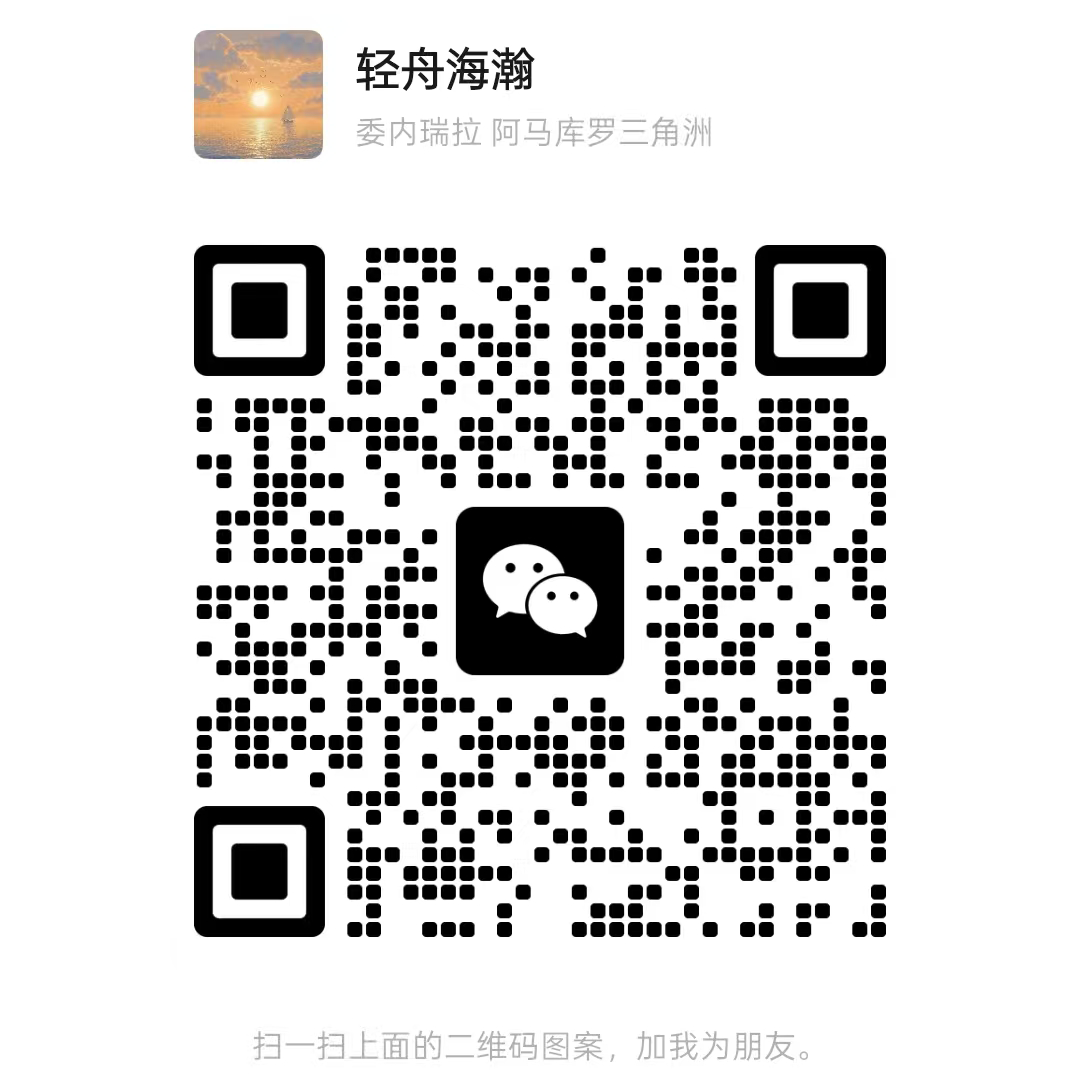The special feature of a single limited time game, spectators can drink beer in the arena
The single limited time match is unique among the ranking matches. The players dropped their shirts and vests, wore Polo shirts, and appeared in the waiting list of beauties and songs. There are no seats in the playing field, and players who do not serve can stand on the court. Spectators can also enjoy wine in the competition arena, and enjoy the noisiness. Know the following 17 unique requirements beforehand, which will help you better appreciate the event.
1
All rounds and all games of a single limited time match are determined by one game. From the kick-off timing, the entire game lasts no more than 10 minutes. Lots are drawn again after each round.
2
Kick-off right: After the kick-off line, both teams hit the same cue ball at the same time. After hitting the bottom bank, they bounce back and then stand still. The ball closer to the top bank gets the kick-off right.
3
Pole shot time limit ruling: Under the instructions of the referee, the timing official starts timing, and the player’s shot stops at the moment when the player touches the cue ball.
4
Stroke time limit: 5 minutes before each game, the player stroke time limit is 15 seconds; after 5 minutes, the stroke time limit is 10 seconds. Failing to strike the ball within the specified time, the referee will impose a penalty of at least 5 points on the offending player based on the goal ball and give his opponent a free kick for the whole table.
5
Under normal circumstances, when all the balls on the court no longer move to a certain point (or leave the table to complete the reset), the shot timing starts immediately.
6.
All fouls will give the opponent the right to a free kick for the whole table. A free kick for the whole table means that the player can place the cue ball anywhere on the table to hit the ball, but he (she) cannot require the cue ball to return to the offending party to hit the ball again. . The party exercising the right of the free kick will start timing the stroke from the moment the referee receives the cue ball.
7
At least one ball must touch the side library or be pocketed for each shot, otherwise it will be fouled, and at least 5 points will be penalized based on the goal ball, and the opponent will be given a free kick for the entire table.
8
If the player exercising the right of free kick fails to accept the cue ball in place, the referee will place it on the table and the player can pick it up and place it anywhere when ready, but the timing of the stroke will start at the moment the referee sets the ball .
9
There is no “Foul and Miss” rule, the cue ball does not touch the target ball is not a foul.
10
If a player asks the referee to clean the ball, there will be no time-out for the stroke limit. If the referee decides to clear more than one ball, he has the right to time out.
11
During the time limit, if off-court factors interfere with the players, the referee has the right to suspend or restore the time limit. The referee has the right to request a timeout at any point in time, and also has the right to decide when to continue timing or restore the time limit.
12
After the referee gives a ruling, if the player raises a challenge, the stroke limit will not be suspended until the referee makes a final ruling-the restoration time limit or the game continues.
13
When a game is over, the two sides are evenly divided, the game will enter the penalty link of “death blue ball”. Only the blue ball that is placed on the spot is left on the field. The player places the cue ball anywhere in the kick-off area to hit. The player with the kick-off right has the right to decide who will hit first. There is no minimum number of goals. As long as one team scores and the other team fails to score in a certain round, the team that scores wins. The stun in this link is invalid, even if the stun into the target bag mouth is still invalid.
14
If there is a deadlock, the player is obliged to break it within a limited time, and the game will not be repeated.
15
If there is a situation where the remaining time of the game is less than the stroke limit, the stroke limit shall prevail. During this period, the player’s score or penalty will be effective.
16
Due to the fast pace of the game, it will not be considered a violation of etiquette for players to approach the table, but it is necessary to ensure that they are not in the line of sight of the batter.
17. The referee is the ultimate arbitrator, and the final ruling will be based on his (her) ruling. If there is any possibility that the rules are not applicable, the ruling will still stand, as a precedent for the same situation that reappears in the future.



